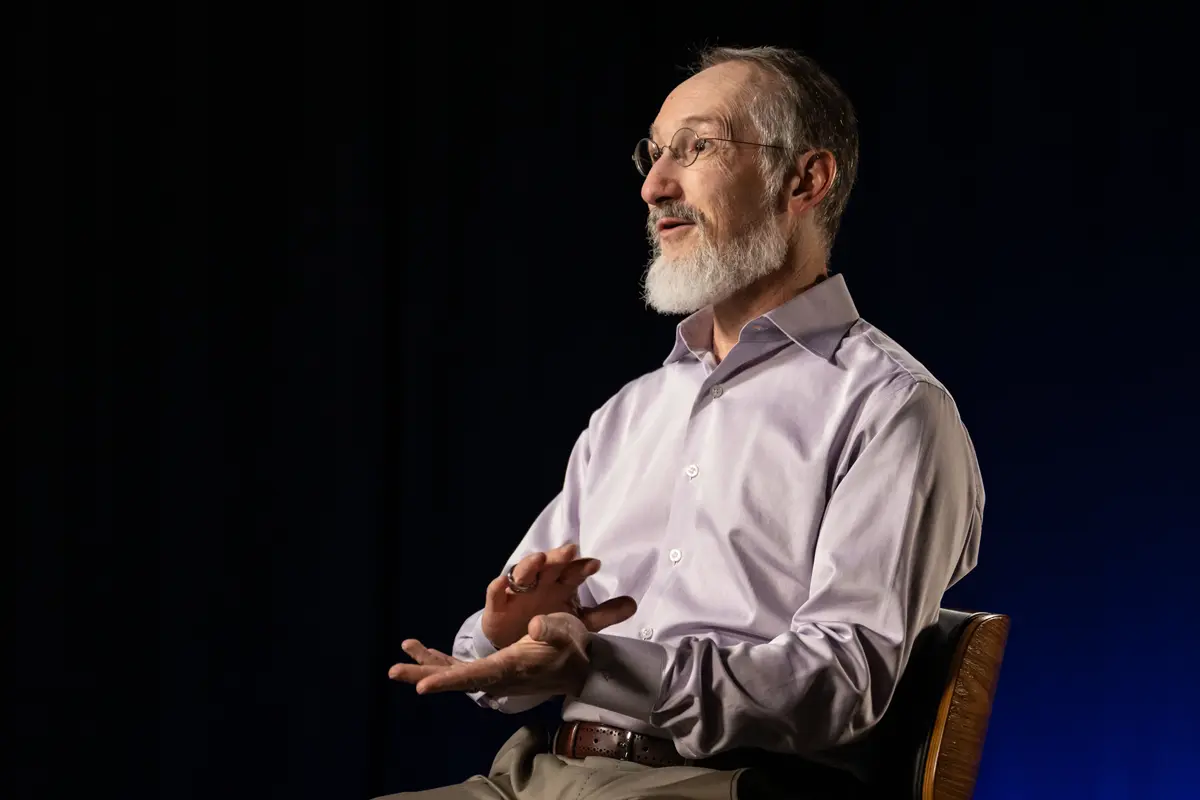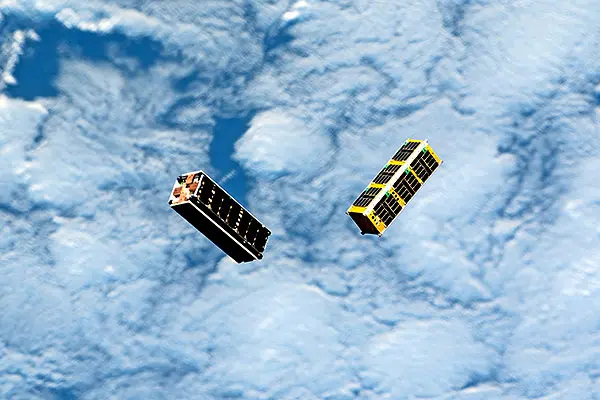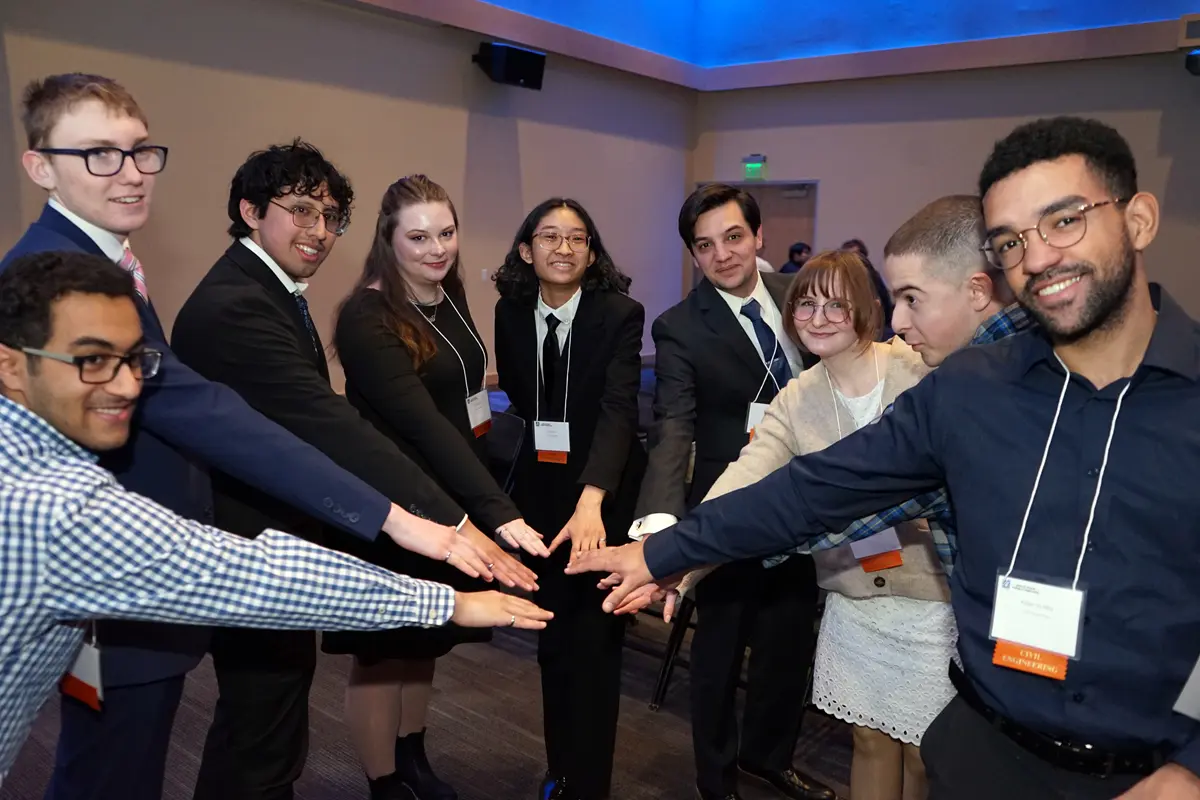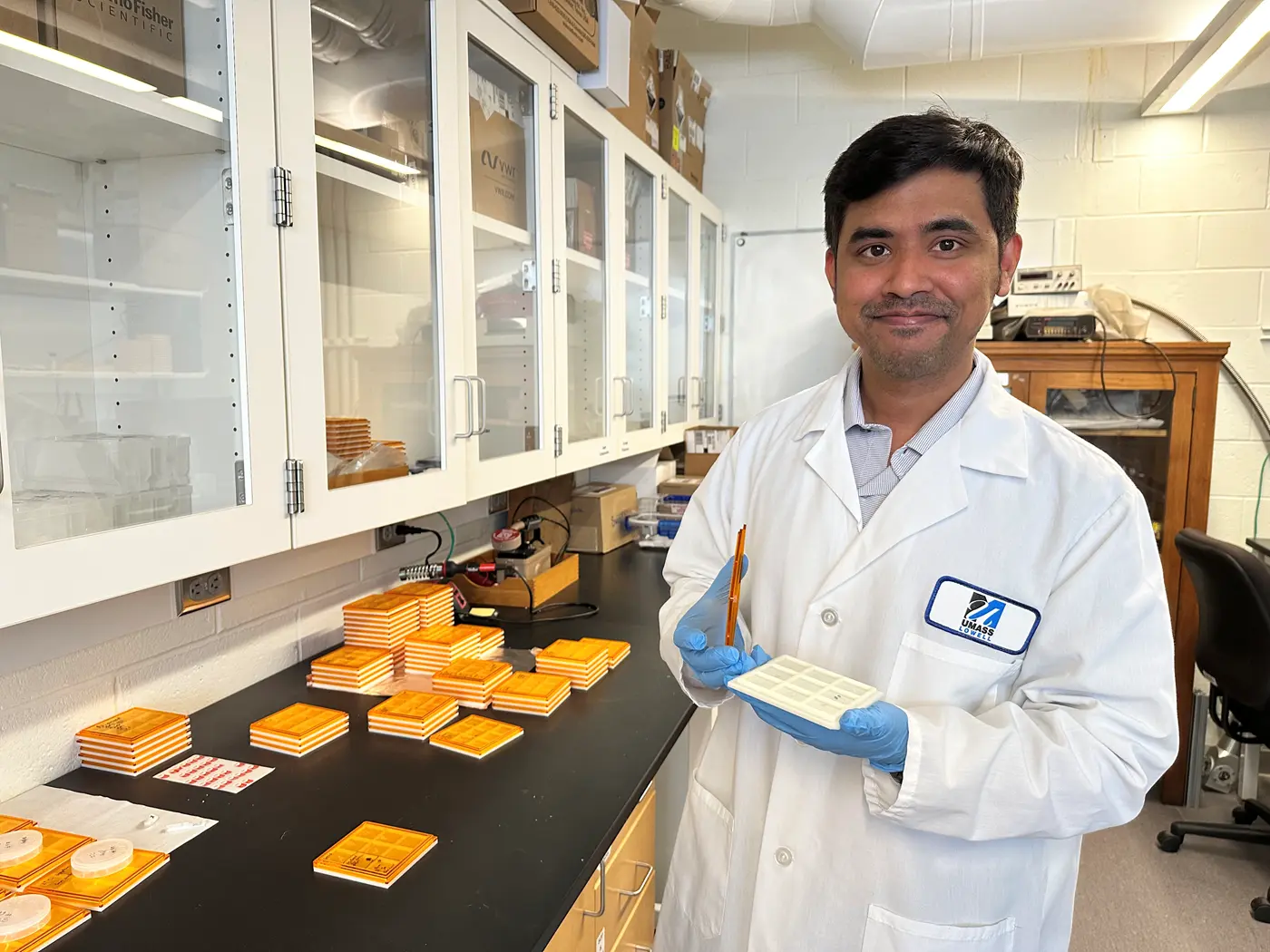 Image by K. Webster
Image by K. Webster
Electrical Engineering Asst. Prof. Anhar Bhuiyan has won a prestigious seed grant for his research on new materials for power components in spacecraft and satellites.
Electrical Engineering Assistant Professor Anhar Bhuiyan has won a prestigious award supporting his research into next-generation materials and components for powering satellites and unmanned spacecraft.
Bhuiyan was among 36 recipients this year of the Ralph E. Powe Junior Faculty Enhancement Awards, nationally competitive seed grants for faculty in the first two years of their academic careers.
The $5,000 seed grants, which are matched by the recipients’ universities for a total of $10,000, are awarded annually by Oak Ridge Associated Universities, a nonprofit consortium promoting U.S. scientific and technological research and education. It is affiliated with Oak Ridge National Laboratory.
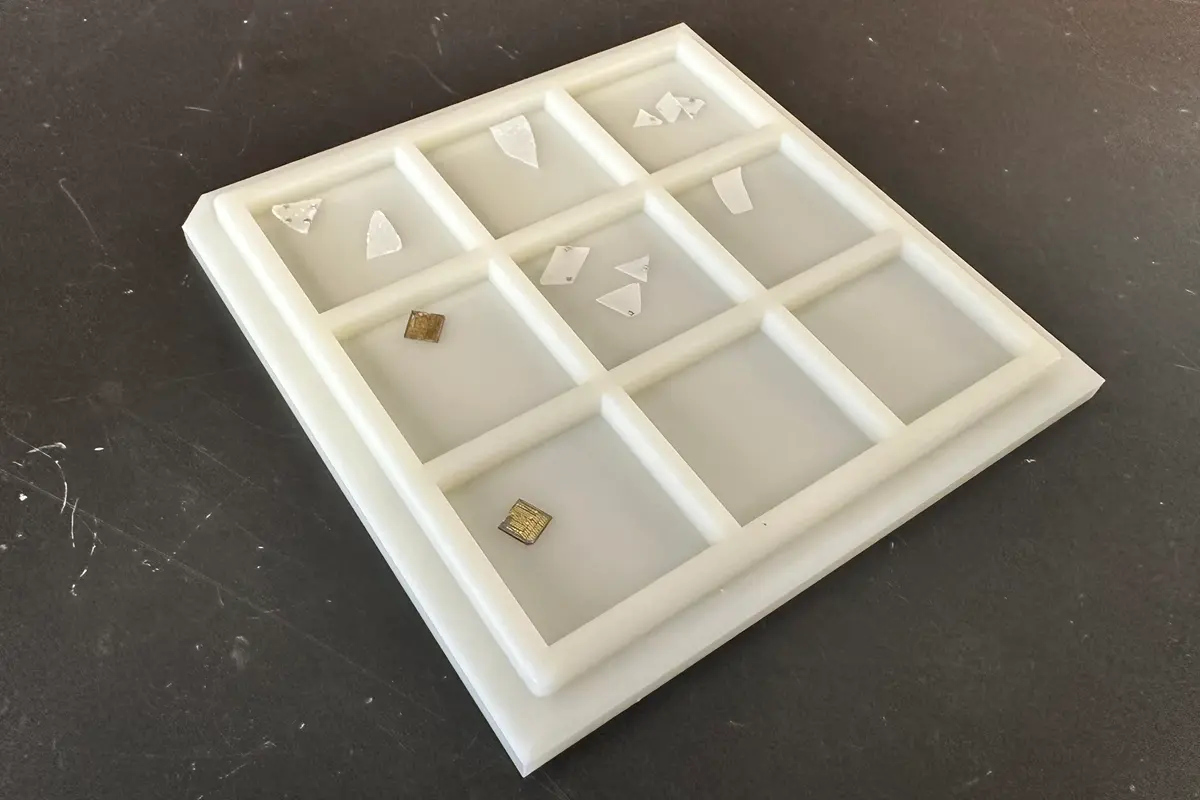 Image by K. Webster
Image by K. Webster
Samples of gallium oxide components and film.
Bhuiyan said the award provides recognition and support at a critical point in his career and will help him build a foundation to apply for larger grants.
“Receiving this award is making me more motivated about my work and research goals,” he says. “Early-career faculty bring fresh perspectives, and support like this allows us to test and validate our ideas right away.”
Bhuiyan already had numerous research publications to his name when he graduated from Ohio State University two years ago with his Ph.D.
There, he worked with Professor Hongping Zhao on groundbreaking research into making and using gallium oxide, an emerging semiconductor material known for its ability to handle very high voltages and manage large amounts of electrical power in systems that support power grids, electric transportation, satellites and space exploration, Bhuiyan says.
“We are exploring how gallium oxide could go beyond the current capabilities of conventional materials such as silicon, silicon carbide and gallium nitride,” he says.
“While those materials have been successful in many electronic power applications, gallium oxide offers added advantages in high power systems, thanks to properties that allow it to withstand very high voltage and support compact power system designs.”
Gallium oxide also offers high stability in extreme environments, Bhuiyan says, including the ability to function reliably under high temperatures and radiation, with electrical properties that can be carefully controlled to suit different applications.
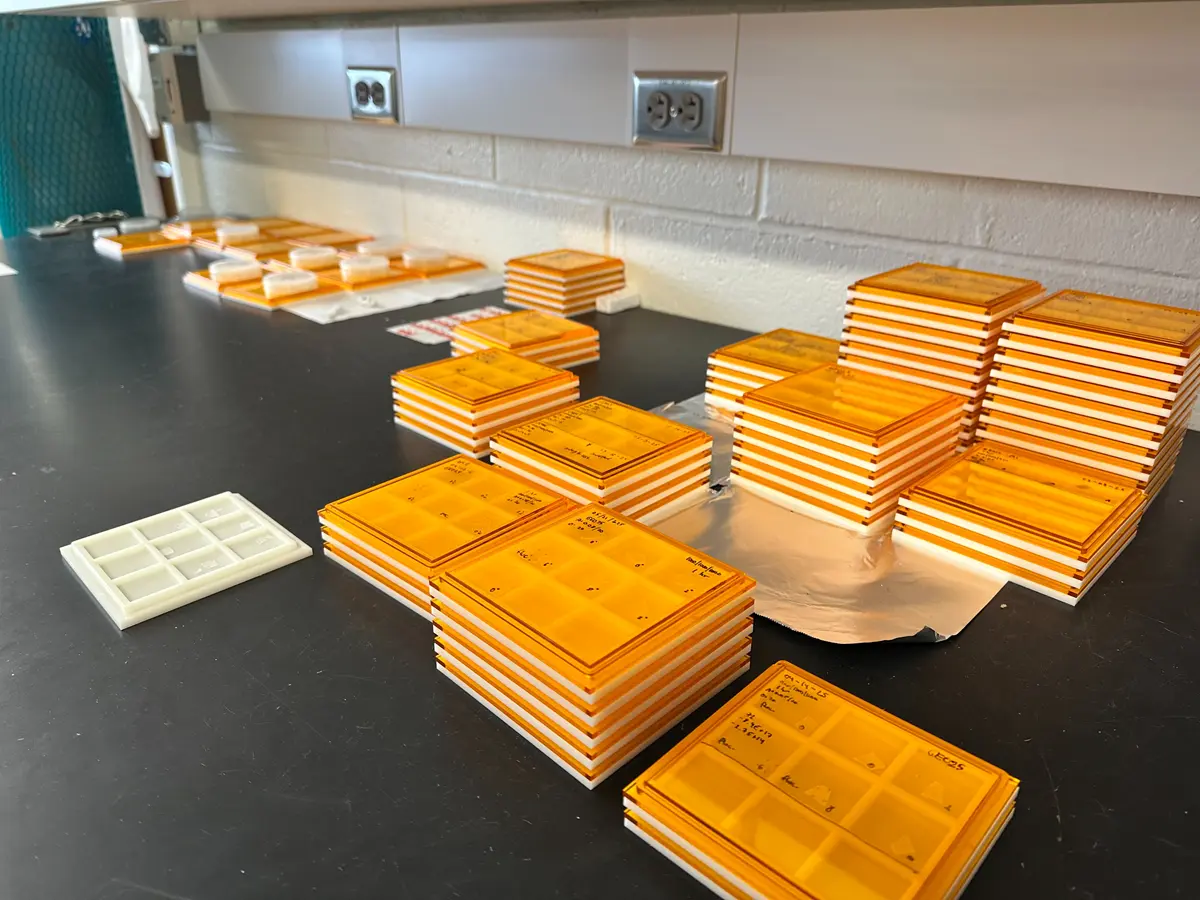 Image by K. Webster
Image by K. Webster
Stacks of trays containing gallium oxide film and components.
“Satellites or autonomous space vehicles require very high power to operate, so we are trying to protect those power modules with our material. They need to be very small and lightweight; they also need to operate energy efficiently,” he says. “Gallium oxide technology can provide all these advantages – high energy, high power – and devices based on this are very lightweight and small.”
Still, the material has one significant drawback, Bhuiyan says: It is not good at dissipating the heat that builds up in high-power components. Excessive heat can damage a device, reduce its efficiency and limit its ability to operate in harsh environments like space.
That is what Bhuiyan’s current research is trying to solve — specifically by adding a layer of diamond to high-voltage devices made of gallium oxide. Diamond is well-known for its ability to conduct heat.
“For this award, we proposed making gallium oxide high-power diodes that will have enhanced thermal management by integrating diamond,” he says. “Diamond also could make them more radiation-tolerant.”
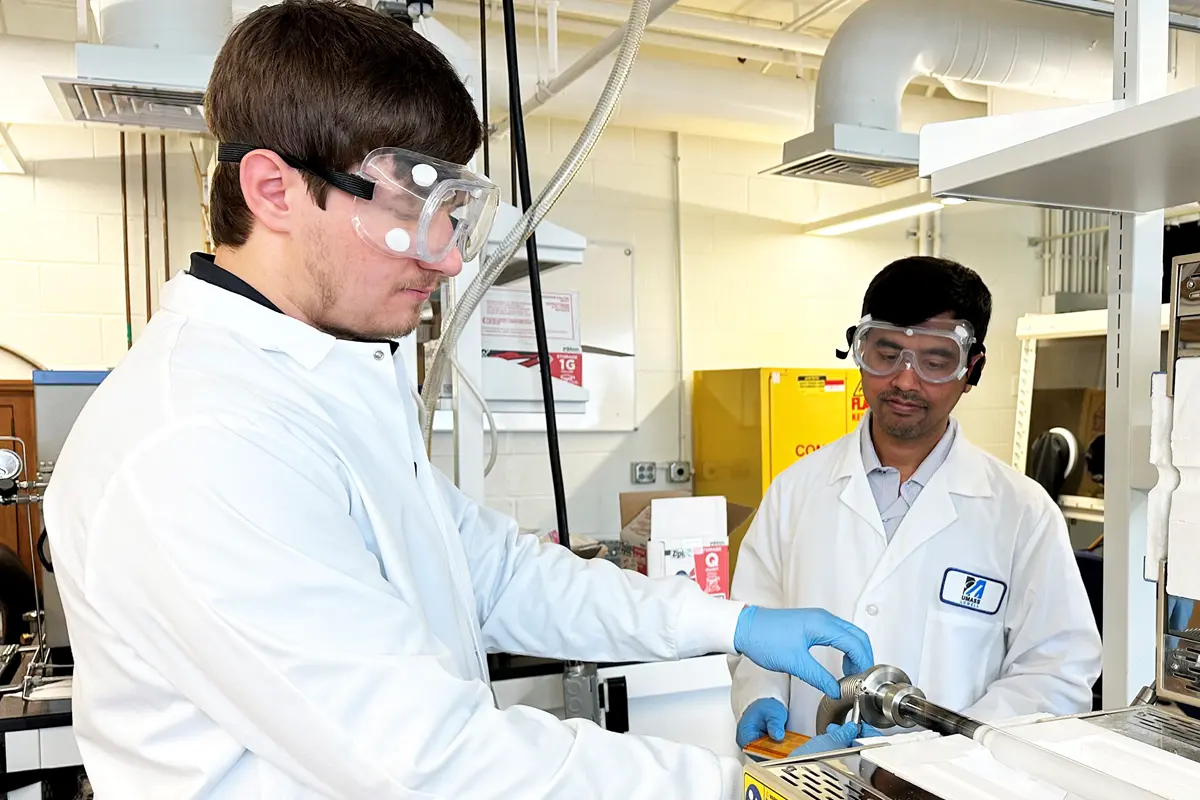 Image by K. Webster
Image by K. Webster
Asst. Prof. Anhar Bhuiyan watches as Ph.D. student Ahmed Ibreljic adjusts a machine making gallium oxide film.
Bhuiyan is collaborating with researchers from the Air Force Research Laboratory, the University at Buffalo, and Ohio State to help advance gallium oxide electronics for use in space and defense applications.
In his first two years at UMass Lowell, Bhuiyan has figured out a process and custom-built a machine for making thicker gallium oxide film than he was working with at Ohio State. He is also using this material to build a type of high-voltage diode, an electronic component that efficiently controls the flow of electricity.
While he can perform most tests on the gallium oxide films and diodes in his own lab, Bhuiyan uses UML’s research reactor to test how different types and levels of radiation affect them, simulating the extreme conditions of space.
“For my work, the radiation laboratory is a very crucial component,” he says. “We are radiating those films and diodes together so that we can understand the impact of the radiation from both the material and device perspectives.”
Bhuiyan’s first-year Ph.D. student, Ahmed Ibreljic, has also recently been selected as a Draper Scholar by Draper Laboratory, an anchor partner in the Lowell Innovation Network Corridor (LINC), a public-private-academic initiative on East Campus. Ibreljic will receive full funding for his doctoral studies from Draper for the next four years.
That’s part of a close collaboration between Bhuiyan’s lab and Draper on developing radiation-hardened gallium oxide technology.
“With Ahmed’s funding secured, I can now allocate some of my university startup resources to expanding the research team and accelerating progress in this critical area,” Bhuiyan says.

